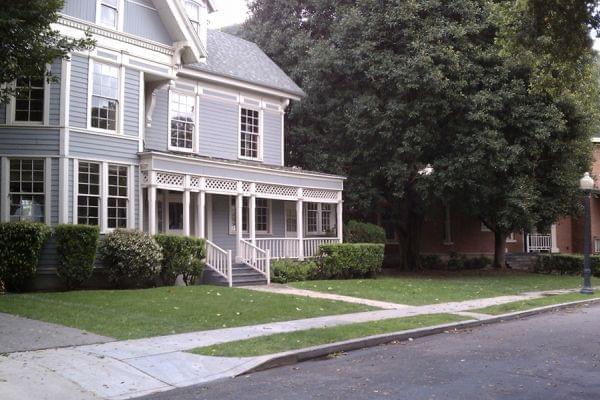City of Champaign Candidates on Economic Development

This question was created by journalists and community members during the Democracy in CU: Let’s talk solutions to community violence event on March 14th.
How do you plan to incentivize economic development that provides a benefit to surrounding neighborhoods – particularly in areas that have historically experienced a lack of development?
MAYOR
Deborah Feinen:
We have approved a TIFF District that over time should help with re-development in North Champaign. Funds for investment will come from TIFF increment as redevelopment occurs. We have also had a pilot program for small business development incentives that was to be target for minority businesses. I expect that program to be re-tooled to be more targeted at helping minority businesses. We have also approved the CDAP program which will hopefully have a positive impact on this issue.
CITY COUNCIL
Tom Bruno:
Our infill policies are critical in creating incentives to spur investment in the most vulnerable parts of the City.
Andrew James Christensen:
Tax Increment Financing (TIF) districts are a common method of taking regions with economic potential that aren’t generating tax revenue and incentivizing new business to move in. I would argue that these TIF districts are most appropriate for regions that have historically experienced a lack of development. These should be used to make careful and deliberate choices about where in underdeveloped neighborhoods we want to see commercial growth, rather than an ad hoc method of approving developments on a one-by-one basis that displaces residents, upsets neighborhood culture, and fails to coalesce a commercial district.
The city also needs to invest in black-owned local business through neighborhood-targeted small business incentive programs and community-building efforts. We can collaborate with other government bodies like the school district, park district, library district, and mass transit district to bring resources to these underdeveloped neighborhoods that can strengthen them economically. I’d also like to interface with local organizations like the Public Art League and Champaign County Master Gardeners to help with neighborhood curb appeal and beautification.
Matthew Gladney:
The city implements an Annual Action Plan through its Neighborhood Services Department, and part of that currently includes the SLEEP program, which is for safety lighting and energy efficiency improvements for homes in Garden Hills and the area immediately south. The city also The Minor Home Repair Program, which provides financial assistance to residents for minor home repairs. We have the Residential Exterior Rehabilitation Program, which has been expanded to include the Southwood, Holiday Park, and the Kenwood neighborhoods.
William Kyles:
I would like to do more public education on how the Enterprise Zone program can aid in development. The goal of Enterprise Zone program is to stimulate economic growth and neighborhood revitalization in economically depressed areas of the state by providing state and local tax incentives.This program is a powerful tool in incentivizing development in economically depressed communities.
I have also led and supported our procurement updates in our CDAP policy. Under this policy developers that use tax incentives will now have to actively engage minority contractors and workers as a part of the determining factor of them receiving the incentive.
Pattsi Petrie:
Unfortunately, shopping infrastructure exists on the perimeter not only of Champaign, but also the population dense areas. Neighborhood infrastructure is lacking throughout the city. One of the best economic investments is two-fold: one is incentivize new small businesses and two is incentivize existing small businesses to expand. There are already agencies in Champaign County, besides the city, that work to enable economic development: Regional Planning Commission, Champaign County Economic Development Administration and within is the Small Business Council, Champaign County Chamber of Commerce, working on various aspects of economic development. The city has a representative on most of these boards, putting the city in a position of influence already.
Neighborhood Services and a representative of the recognized neighborhoods might be productive additions to the boards and conversation because both are in a better position to thoroughly understand their, respective” neighborhood infrastructure needs.
Jon Paul Youakim:
I would want to take the Small Business Incentive Program and ensure that a significant percentage is designated to developing and stimulating economic development in North Champaign. The Neil Street Corridor redevelopment should incentivize local businesses to grow in that area and improve the attractiveness of that area to community members and surrounding neighborhoods. I would encourage creating a TIF for North Champaign to allow for improvement and economic development that is sorely needed.
NOTE: We reached out to Azark Cobbs, Kenton Elmore and Michael LaDue and received no or incomplete responses.

